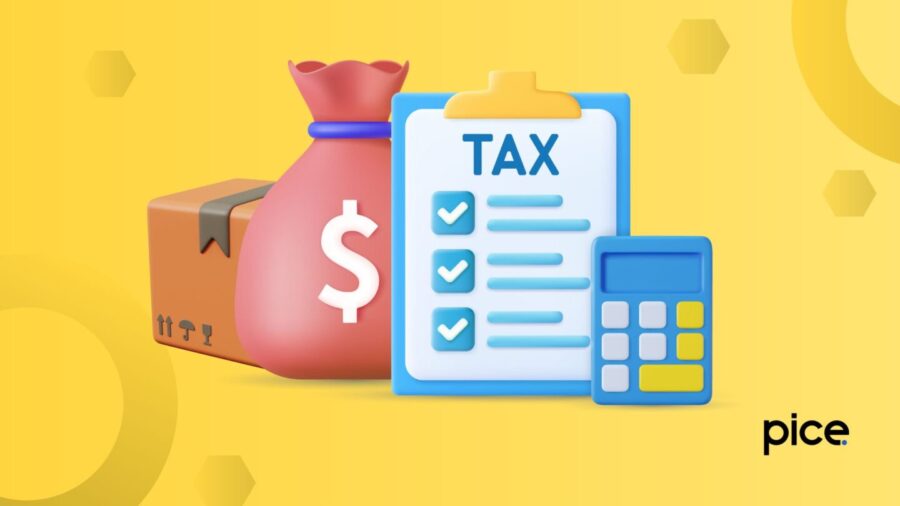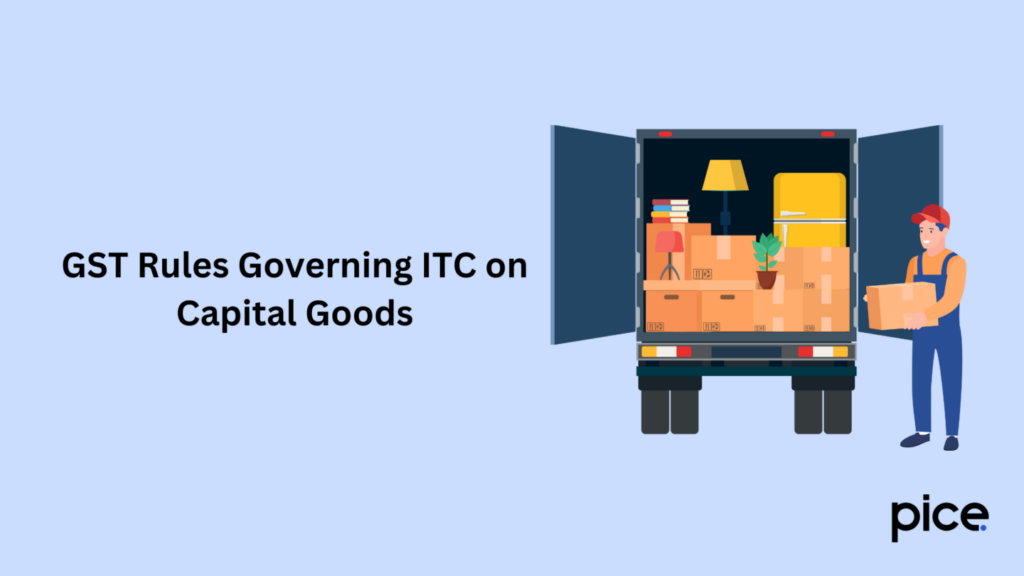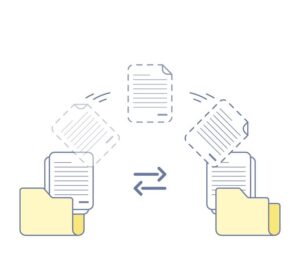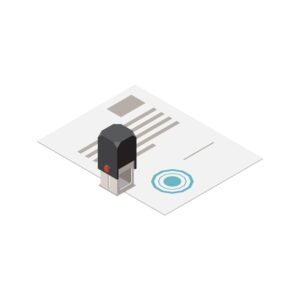What is Input Tax Credit on Capital Goods?
- 3 Sep 24
- 12 mins

What is Input Tax Credit on Capital Goods?
- What Are Capital Goods?
- Difference Between Capital Goods & Other Inputs
- What Is Credit on Capital Goods?
- What Is Common Credit?
- Why Is Common Credit Important?
- What Happens If One Starts Using an Asset for Exempt Goods Also for Taxable Goods?
- Reversal of Credit Under Certain Circumstances
- Applicability of ITC on Capital Goods Used for Export
- GST Rules Governing ITC on Capital Goods
- Overview of Rule 43 Under the CGST Rules, 2017
- Conclusion
Key Takeaways
- Claim ITC: Businesses can claim ITC on capital goods like machinery used for manufacturing or services.
- Business Use Only: ITC on capital goods is valid only for business purposes, not personal or exempt supplies.
- No Double Claim: If depreciation is claimed on the tax component, ITC cannot be claimed.
- Rule 43: Follow Rule 43 of CGST Rules for ITC on capital goods, ensuring compliance and documentation.
- Boost Competitiveness: Proper ITC claims on capital goods can enhance financial efficiency and business growth.
Businesses use various types of goods for the manufacturing of their products. One such type of goods is capital goods. Since they are extensively used for the furtherance of business, the government offers venture owners to claim Input Tax Credits on them.
The blog highlights details of Input Tax Credit on capital goods and other crucial information that will help you raise a claim without any hassle.
What Are Capital Goods?

Capital goods refer to the tools and pieces of equipment that an organisation uses for manufacturing products or offering services. These capital assets include machinery, buildings, tools, vehicles and so on.
Difference Between Capital Goods & Other Inputs
You should note that capital assets are not consumed completely during the manufacturing process of products. In addition, they do not exhaust in a single year because of which they are usually not included under the business expenses during the year of purchase.
Usually, the value of capital assets depreciates over the course of their useful lives. Hence, when businesses formulate their accounts, they determine the value of these goods using techniques like amortisation, depreciation and depletion.
One of the striking differences between capital goods and other inputs is that other inputs are directly consumed in the manufacturing of the concerned products. Thus, they are counted under the business expense under the heading of cost of production.
To understand the difference, you can refer to a simple example. Say, suppose you are baking a cake. Here, your input goods or raw materials will be eggs, water, flour, and butter and the final product will be your cake.
Since you are baking the cake in the oven, it happens to be the capital good that is assisting you in the entire process. The input goods such as milk, egg, water, flour, etc. fall under the business expense and are included in the costs of production.
What Is Credit on Capital Goods?
As per the rules of government, a business owner will have to pay GST on any goods that you purchase. Later, when filing GST returns, you can claim an Input Tax Credit on the GST that you have paid on the purchase of goods.
Credit on capital goods works similarly to other goods. Suppose, you are purchasing machinery to manufacture a certain type of product. Thus, you can claim credit on the GST on your purchase in the same way as inputs.
Nonetheless, you should note that if you have already claimed depreciation on the tax component of capital goods, you cannot further claim the Input Tax Credit on it. Hence, you must go through the rules applicable carefully, when filing the credit on capital goods.
Listed below are some essential points that you must note while utilising credit on capital goods:
- You can utilise the credit on the GST of capital goods, unless and until you do not claim depreciation on the tax component.
- In case you use capital goods solely for the production of tax-exempt goods or services or for non-business purposes, you cannot use the ITC fully.
- Even, you cannot fully utilise the Input Tax Credit for capital goods if you use them only for the supply of taxable goods.
- If you use the capital goods partially for taxable supplies and partly for tax-exempted supplies, the credit on the capital goods of the concerned month will be attributable on the proportionate turnover basis to exempt supplies.
- Usually, during ITC calculation, you can take the useful life of the capital goods to be 5 years. Hence, the formula for the calculation is as follows:
Credit attributable to a particular month (Tm) = Total ITC availed on the capital good / 5 Years
Credit attributable to exempt supplies (Te) = Te * Exempt turnover in the month / Aggregate turnover of the month
What Is Common Credit?

There are various assets that a GST-registered person can use for non-business (personal) purposes as well as business purposes. In such scenarios, they can claim Input Tax credit on the GST that she is paying only to the extent to which they are using the platform for official purposes.
For example, you have a laptop that you are using for both non-business purposes as well as business purposes. In such a situation, you can claim an Input Tax Credit on the GST on the portion of the price of the laptop that you are using for work.
Why Is Common Credit Important?
The common credit concept is essential since numerous GST-registered person use their personal assets for business purposes and vice versa. However, they only have the option to claim ITC for using assets for business purposes. In such scenarios, common credit rules help the venture owners determine the amount of ITC they can claim.
Furthermore, certain goods have been exempted under GST. This implies that you will have to pay 0% GST upon the purchase of these products. So, you cannot claim ITC on zero-rated supplies as they can lead to negative taxation. Hence, you will need to avoid these products and mention only taxable sales when claiming an Input Tax Credit.
So, when you are planning to file ITC on your purchases, make sure that you accurately segregate the common credit costs into business and non-business (personal) purposes. Lastly, remove the costs of goods with 0% GST and then finally submit the GST annual returns form.
What Happens If One Starts Using an Asset for Exempt Goods Also for Taxable Goods?
If you used a capital asset earlier exclusively for selling exempted goods or personal purposes and now you are using it for both personal and business purposes while affecting taxable and exempt supplies, the formula to calculate Input Tax Credit is as follows:
Input tax to be credited to electronic credit ledger = Input Tax – 5% of Input tax for every quarter or part thereof from the date of invoice.
Reversal of Credit Under Certain Circumstances
There are various circumstances under which a proportion of ITC gets reversed. This implies that a fixed proportion of ITC gets added to the GSTR-3B as output tax liability. The scenarios are as follows:
- It is available on the sale of plant machinery and capital goods on which you have taken Input Tax Credit.
- Reversal of credit also occurs when a normal taxpayer has to file taxes under a composition scheme.
- The scenario even arises when a taxpayer sells goods or services that later become exempt from GST.
- It can occur when the GST registration of a venture gets cancelled due to some reasons.
Applicability of ITC on Capital Goods Used for Export
Following are some attributes of ITC on capital goods that businesses use for export purposes:
- Export-Oriented Capital Good
You can claim ITC on various capital items that you use for exporting different types of products. Even ventures that export can claim credit for taxes paid on various capital goods from this category.
- Eligibility Criteria:
It is essential for ventures using capital goods to export finished products to fulfil the necessary eligibility criteria. Furthermore, adherence to GST laws and submission of essential documents is imperative when claiming ITC on export goods.
- Export-Related Activities:
You can claim ITC on the output tax liability of various products that directly take part in the export of your company's products. These products include tools, machinery, technology essential for designing export products and so on.
- Documentation Requirements:
Maintaining and submitting the necessary documents such as debit notes, credit notes, invoices, etc. is mandatory when you are claiming ITC on the capital goods that have been used to export the taxable supplies. The papers are important for establishing a relationship between the export process and capital goods.
- Compliance with GST Rules:
It is mandatory to comply with the GST laws when claiming Input Tax Credit on capital goods. Thus, you must ensure that your capital goods purchase and use adhere to the criteria set for claiming ITC related to export goods.
- Strategic Utilisation:
You can save substantially on taxes by appropriately planning and strategically utilising the ITC available on capital goods. Doing so will help you enhance the competitiveness of your venture in the global market.
- Impact on Overall Financials:
Claiming Input Tax Credit on your GST returns positively impacts your venture's overall financial health. This is so because it can help you save finances that you can reinvest in your business for its expansion.
GST Rules Governing ITC on Capital Goods

There are several GST laws that govern ITC on capital goods. These rules ensure maximum compliance, transparency, and accuracy in reporting the financial transactions of your business.
Overview of Rule 43 Under the CGST Rules, 2017
Rule 43 specifically outlines the conditions associated with the treatment of ITC on the export of capital goods. It contains all the details related to the claiming of ITC on the taxes paid on capital goods.
Scope
This rule applies to the ITC on the various capital goods that businesses use to process raw materials for manufacturing their products.
Eligibility Criteria
Usually, companies that conduct the export of taxable products are eligible to benefit from this rule. However, there are some other criteria as well that they will need to meet to stand eligible for this claim.
Timeframe for ITC Claim
The time limit in which regular taxpayers can claim ITC under Rule 43 is the same financial year in which they carry on the transaction of the goods.
Conditions for Claiming ITC
One of the primary conditions is that you should use the goods solely for business purposes on which you are claiming ITC. If you use the goods for both business purposes and personal use, you will be eligible to claim ITC only on the portion of goods that you are utilising in the business. Likewise, you cannot claim ITC on capital goods that are not used for business purposes.
Documentation Requirements
You must be able to produce all the necessary documents such as invoices when claiming ITC. So, you must maintain proper records of the use of capital goods for manufacturing various products.
Consequences of Non-Compliance
In case you fail to comply with the GST rules associated with ITC on capital goods, you will have to face legal consequences and financial penalties. Hence, you must ensure that your business activities adhere to the guidelines prescribed under Rule 43.
Verification Process by Tax Authorities
Once you raise a claim for Input Tax Credit on capital goods, the tax authorities will conduct the necessary verifications and assessments to check your eligibility for ITC and the accuracy of supporting data and documents.
Strategic Utilisation for Financial Benefits
If you strategically claim ITC on your capital goods, you will be able to enjoy cost-efficiency alongside various long-term financial benefits. You can easily optimise your tax liabilities, securing the sound financial health of your venture.
Impact on Business Competitiveness
If you can effectively leverage the applicability of ITC on capital goods, you will be able to set aside adequate finances to invest in your venture. For this, you can go for the purchase of various capital-intensive assets. Doing so will help you gather substantial investment for the growth of your venture that can effectively offer you a competitive advantage.
Conclusion
Now that you have a comprehensive idea regarding input tax credit on capital goods, you can proceed with the claim process of ITC. However, you will also need to submit the documents accurately to ensure that tax officers approve your claim without any hassle.
💡If you want to pay your GST with Credit Card, then download Pice Business Payment App. Pice is the one stop app for paying all your business expenses.




















